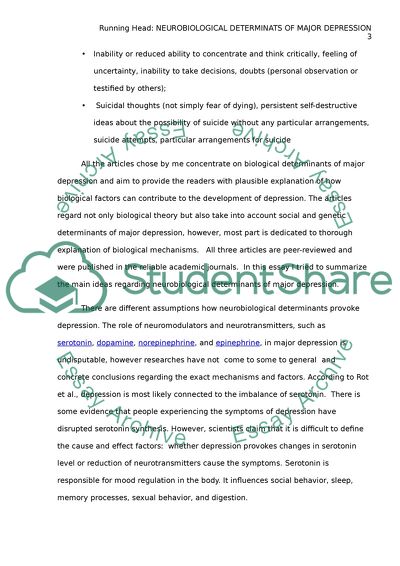Cite this document
(Neurobiological Determinants of Major Depression Coursework Example | Topics and Well Written Essays - 1500 words, n.d.)
Neurobiological Determinants of Major Depression Coursework Example | Topics and Well Written Essays - 1500 words. https://studentshare.org/health-sciences-medicine/1848588-neurobiological-determinants-of-major-depression
Neurobiological Determinants of Major Depression Coursework Example | Topics and Well Written Essays - 1500 words. https://studentshare.org/health-sciences-medicine/1848588-neurobiological-determinants-of-major-depression
(Neurobiological Determinants of Major Depression Coursework Example | Topics and Well Written Essays - 1500 Words)
Neurobiological Determinants of Major Depression Coursework Example | Topics and Well Written Essays - 1500 Words. https://studentshare.org/health-sciences-medicine/1848588-neurobiological-determinants-of-major-depression.
Neurobiological Determinants of Major Depression Coursework Example | Topics and Well Written Essays - 1500 Words. https://studentshare.org/health-sciences-medicine/1848588-neurobiological-determinants-of-major-depression.
“Neurobiological Determinants of Major Depression Coursework Example | Topics and Well Written Essays - 1500 Words”. https://studentshare.org/health-sciences-medicine/1848588-neurobiological-determinants-of-major-depression.


